ERP System Explained: How Modern ERP Systems Drive Business Efficiency in the UAE
The Problem UAE Businesses Can’t Ignore
In a country that leads the region in digital transformation, many mid-sized and growing businesses in the UAE still operate with disconnected systems, legacy software, or manual spreadsheets. These outdated tools create operational blind spots that cost time, efficiency, and revenue.
Lack of integration between finance, procurement, and operations leads to duplicated effort, delayed decisions, and compliance risks, especially in a highly regulated market like the UAE. Whether it’s aligning with UAE VAT laws, meeting payroll through the Wages Protection System (WPS), or managing cross-border operations, businesses can’t afford to fly blind.
What Is an ERP System?
An Enterprise Resource Planning (ERP) system is a unified software solution that brings together your key
business functions—finance, HR, supply chain, sales, procurement, and compliance—into one platform.
Instead of running separate apps for each department, ERP creates a single, centralized system of record.
This allows teams to collaborate in real time, access shared data, and automate tasks that otherwise
require hours of manual work.
Why ERP Systems Matter in the UAE
The UAE is unique in its regulatory environment, business velocity, and multicultural workforce. ERP systems play a critical role in helping organizations comply, scale, and stay competitive. Here’s why:
1. Regulatory Alignment
- VAT Compliance: Since VAT implementation in 2018, businesses are required to
maintain transparent financial records, generate proper tax invoices, and file returns via the
Federal Tax Authority (FTA). ERP systems embed these requirements directly into financial workflows. - Wages Protection System (WPS): Companies must process salaries through the WPS as per Ministry of Human Resources and Emiratisation (MOHRE) rules. ERP payroll modules automate SIF file generation and submission.
- Audit Trail Requirements: Local laws require traceability for every financial transaction. Modern ERP systems offer role-based access controls and audit-ready reporting.
2. Multi-Entity Scalability
The UAE’s business setup ecosystem, spanning mainland and free zones (e.g., DMCC, JAFZA, ADGM), demands multi-entity support. ERP systems allow businesses to scale easily across jurisdictions, currencies, and tax structures without duplicating efforts.
3. Multilingual and Multi-Currency Support
ERP systems serving the UAE market typically offer Arabic and English interfaces, with support for AED and USD as primary currencies. This is essential for local customer interactions and global supplier/vendor management.
Core Modules in a Modern ERP System
| Module | Functionality |
|---|---|
| Finance & Accounting | VAT-ready invoicing, ledgers, financial statements, cash flow insights |
| Procurement | Vendor onboarding, purchase orders, GRN, approval workflows |
| Inventory Management | Real-time stock tracking, reorder automation, expiry/serial tracking |
| HR & Payroll | Attendance, leave, WPS processing, SIF file generation |
| Sales & CRM | Lead management, quotations, invoicing, collections, pipeline tracking |
| Compliance Reporting | VAT filings, WPS logs, internal controls, role-based data access |
| Projects & Jobs | Task milestones, budget vs. actual, timesheet tracking for client projects |
Business Impact: What ERP Actually Solves
Implementing ERP in the UAE isn’t just a technology upgrade, it’s an operational leap forward.
1. Real-Time Financial Visibility
ERP systems provide a live view of revenues, expenses, receivables, and payables. This helps CFOs make informed decisions about cash flow, funding, and investments, without waiting for month-end closures.
2. Faster Decision-Making
Integrated dashboards allow business leaders to monitor KPIs like sales conversion, inventory turnover, and project profitability in real time.
3. Compliance-First Operations
With native VAT logic, FTA invoice formats, and WPS file automation, ERP systems drastically reduce the risk of non-compliance.
4. Reduced Operating Costs
Process automation eliminates redundancies, reduces dependency on spreadsheets, and minimizes human error, cutting down on manual rework and labor costs.
Cloud ERP vs. On-Premise: What UAE Businesses Should Choose
| Feature | Cloud ERP | On-Premise ERP |
|---|---|---|
| Infrastructure | Hosted on vendor’s secure servers (often ISO/SOC2 certified) | Requires internal servers and IT team |
| Scalability | Easy to add users/entities | More expensive and complex |
| Remote Access | Accessible from anywhere via browser or app | Typically limited to internal networks |
| Regulatory Compliance | Regular updates with FTA and WPS requirements | Manual updates needed |
| Total Cost of Ownership | Subscription-based; lower upfront costs | Higher capex and maintenance over time |
Most UAE businesses, especially SMEs and those scaling regionally, are now opting for cloud ERP due to
its lower cost of ownership, better accessibility, and built-in compliance updates.
Signs It’s Time to Move to ERP
You don’t need to wait for a major business overhaul. If any of the following are true, ERP could offer a major ROI:
- You’re spending days on VAT reconciliation or manual payroll processing
- Finance, operations, and sales teams don’t share a unified system
- Inventory data is inaccurate or not updated in real time
- Your business is expanding to new markets or free zones
- Reporting is slow, fragmented, or error-prone
ERP as a Growth Enabler in the UAE
A modern ERP system isn’t just about digitization, it’s about creating a scalable, compliant, and insight-driven business backbone.
For UAE businesses navigating local compliance, multi-entity operations, and fast growth, ERP is more than software, it’s a strategic investment in resilience and agility.

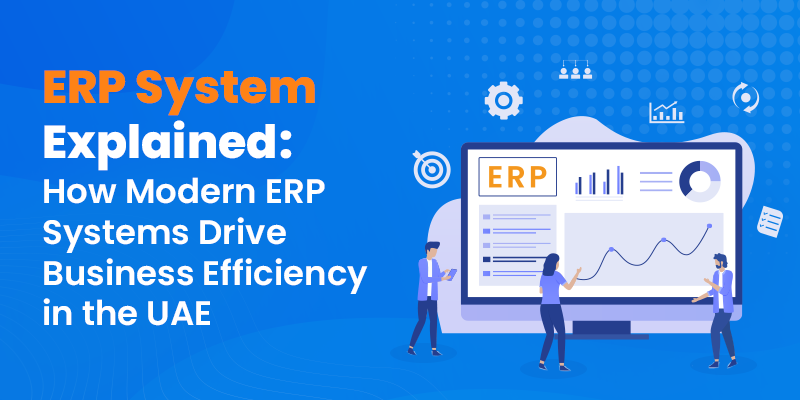
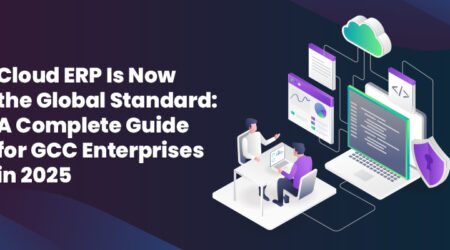
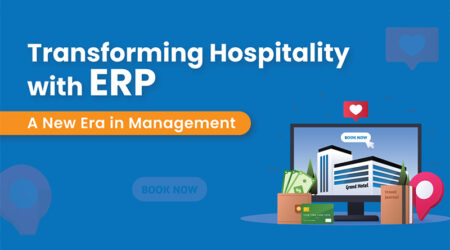
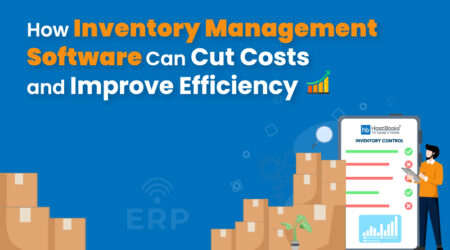
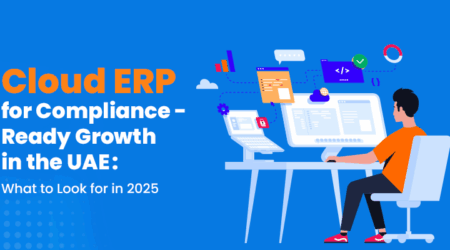
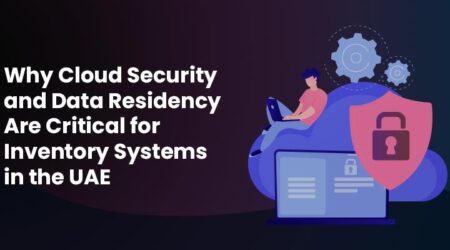
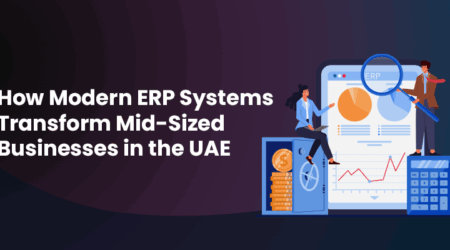
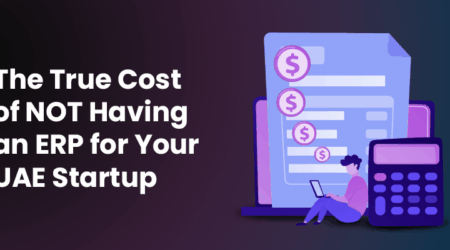
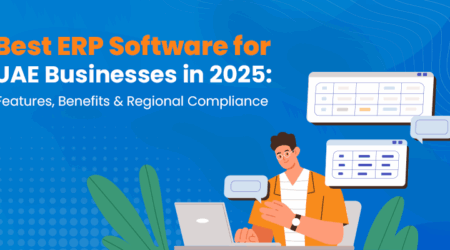
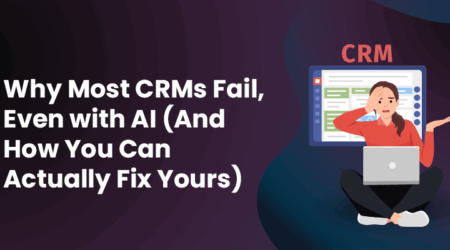
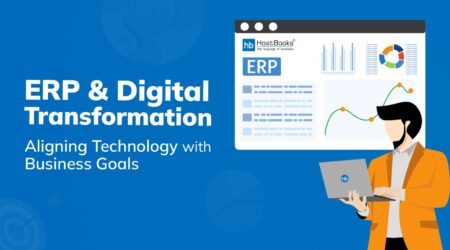
Leave a Reply